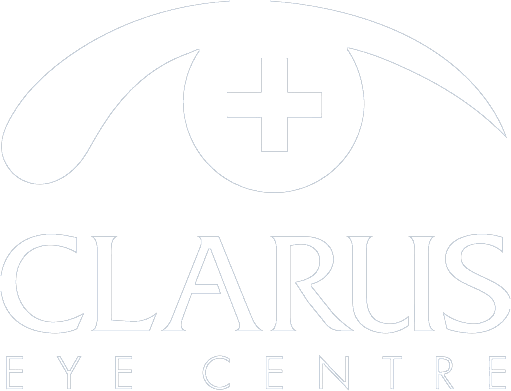Understanding Glaucoma: The Silent Thief of Sight
Glaucoma is a complex eye disease, often called the "silent thief of sight" because it progresses gradually and without warning. According to the Glaucoma Research Foundation, more than 3 million Americans have glaucoma, but only half of these people know they have it. Glaucoma is a disease that damages the optic nerve and can cause vision loss or blindness. Understanding the disease, its causes, symptoms, and treatments is vital to safeguard your vision.
Causes and Symptoms of Glaucoma
Glaucoma is a progressive optic neuropathy that destroys retinal ganglion cells and their axons. In most cases, elevated intraocular pressure causes damage to the optic nerve. One may have glaucoma without increased intraocular pressure, known as low-tension glaucoma, which presents a severe challenge for diagnosis and treatment. The most common form of glaucoma is primary open-angle glaucoma, commonly referred to as POAG. It is associated with high intraocular pressure, and symptoms include peripheral visual loss and tunnel vision.
Who is at Risk?
Glaucoma is prevalent among individuals aged 60 years and older. However, anyone can be affected, including children. High-risk groups include those with diabetes, hypertension, and a family history of glaucoma. Additionally, African Americans are six times more likely to develop glaucoma than Caucasians.
Diagnosis and Treatments
Early diagnosis is crucial in preventing vision loss. A comprehensive eye exam is the first step in diagnosing glaucoma. Tests that may be conducted during an eye exam will measure intraocular pressure, evaluate the optic nerve head, and determine field loss. Treatment options include medication, surgery, or laser trabeculoplasty. However, it is important to note that treatment options do not cure a patient. The primary goal of glaucoma treatment is to help lower intraocular pressure, thus limiting further damage to the optic nerve.
Prevention and Protection
While glaucoma cannot be prevented, steps can be taken to protect your vision. These include:
- Regular eye exams, which can help detect glaucoma early when treatments are most effective.
- Protective eyewear, which should be worn during activities that may cause eye injury or high-intensity impact.
- A balanced diet rich in lutein and zeaxanthin, antioxidants found in dark leafy greens, eggs, and citrus fruits.
To learn more, please visit:
